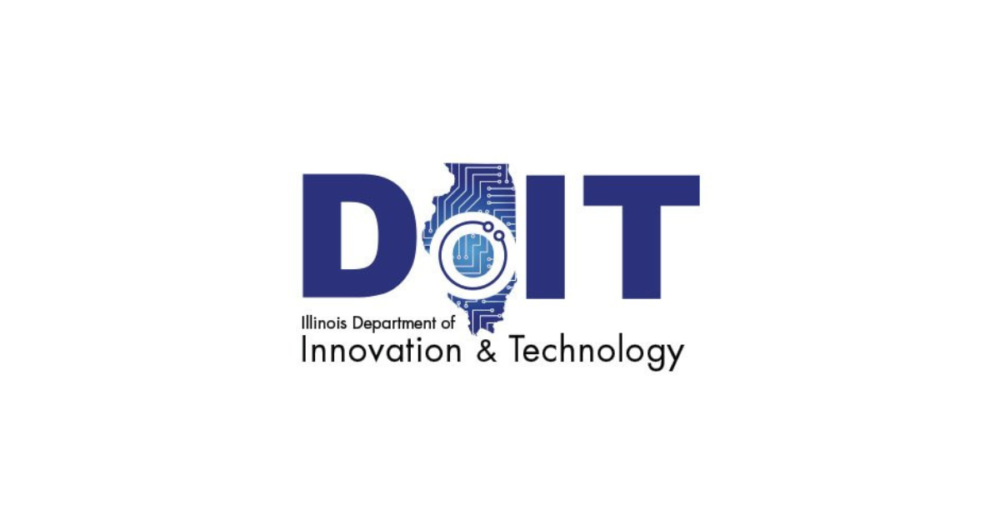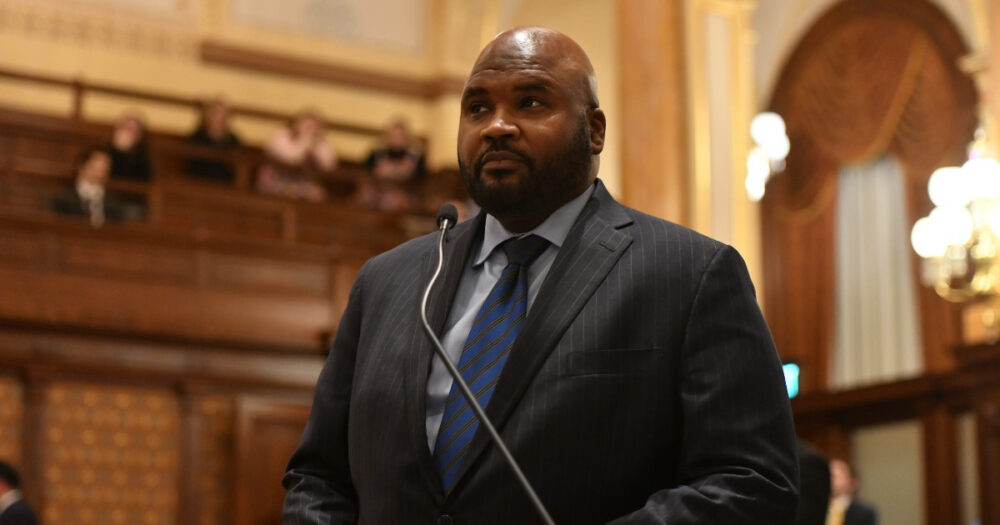PHOENIX — Long lines are back at food banks around the U.S. as working Americans overwhelmed by inflation turn to handouts to help feed their families.
With gas prices soaring along with grocery costs, many people are seeking charitable food for the first time, and more are arriving on foot.
Advertisement
Inflation in the U.S. is at a 40-year high and gas prices have been surging since April 2020, with the average cost nationwide briefly hitting $5 a gallon in June. Rapidly rising rents and an end to federal COVID-19 relief have also taken a financial toll.
The food banks, which had started to see some relief as people returned to work after pandemic shutdowns, are struggling to meet the latest need even as federal programs provide less food to distribute, grocery store donations wane and cash gifts don’t go nearly as far.
Advertisement
Tomasina John was among hundreds of families lined up in several lanes of cars that went around the block one recent day outside St. Mary’s Food Bank in Phoenix. John said her family had never visited a food bank before because her husband had easily supported her and their four children with his construction work.
“But it’s really impossible to get by now without some help,” said John, who traveled with a neighbor to share gas costs as they idled under a scorching desert sun. “The prices are way too high.”
Jesus Pascual was also in the queue.
“It’s a real struggle,” said Pascual, a janitor who estimated he spends several hundred dollars a month on groceries for him, his wife and their five children aged 11 to 19.
The same scene is repeated across the nation, where food bank workers predict a rough summer keeping ahead of demand.
The surge in food prices comes after state governments ended COVID-19 disaster declarations that temporarily allowed increased benefits under SNAP, the federal food stamp program covering some 40 million Americans .
“It does not look like it’s going to get better overnight,” said Katie Fitzgerald, president and chief operating officer for the national food bank network Feeding America. “Demand is really making the supply challenges complex.”
Charitable food distribution has remained far above amounts given away before the coronavirus pandemic, even though demand tapered off somewhat late last year.
Advertisement
Feeding America officials say second quarter data won’t be ready until August, but they are hearing anecdotally from food banks nationwide that demand is soaring.
The Phoenix food bank’s main distribution center doled out food packages to 4,271 families during the third week in June, a 78% increase over the 2,396 families served during the same week last year, said St. Mary’s spokesman Jerry Brown.
More than 900 families line up at the distribution center every weekday for an emergency government food box stuffed with goods such as canned beans, peanut butter and rice, said Brown. St. Mary’s adds products purchased with cash donations, as well as food provided by local supermarkets like bread, carrots and pork chops for a combined package worth about $75.
Distribution by the Alameda County Community Food Bank in Northern California has ticked up since hitting a pandemic low at the beginning of this year, increasing from 890 households served on the third Friday in January to 1,410 households on the third Friday in June, said marketing director Michael Altfest.
At the Houston Food Bank, the largest food bank in the U.S. where food distribution levels earlier in the pandemic briefly peaked at a staggering 1 million pounds a day, an average of 610,000 pounds is now being given out daily.
That’s up from about 500,000 pounds a day before the pandemic, said spokeswoman Paula Murphy said.
Advertisement
Murphy said cash donations have not eased, but inflation ensures they don’t go as far.
Food bank executives said the sudden surge in demand caught them off guard.
“Last year, we had expected a decrease in demand for 2022 because the economy had been doing so well,” said Michael Flood, CEO for the Los Angeles Regional Food Bank. “This issue with inflation came on pretty suddenly.”
“A lot of these are people who are working and did OK during the pandemic and maybe even saw their wages go up,” said Flood. “But they have also seen food prices go up beyond their budgets.”
The Los Angeles bank gave away about 30 million pounds of food during the first three months of this year, slightly less than the previous quarter but still far more than the 22 million pounds given away during the first quarter of 2020.
Feeding America’s Fitzgerald is calling on USDA and Congress to find a way to restore hundreds of millions of dollars worth of commodities recently lost with the end of several temporary programs to provide food to people in need. USDA commodities, which generally can represent as much as 30% of the food the banks disperse, accounted for more than 40% of all food distributed in fiscal year 2021 by the Feeding America network.
Advertisement
“There is a critical need for the public sector to purchase more food now,” said Fitzgerald.
During the Trump administration, USDA bought several billions of dollars in pork, apples, dairy, potatoes and other products in a program that gave most of it to food banks. The “Food Purchase & Distribution Program” designed to help American farmers harmed by tariffs and other practices of U.S. trade partners has since ended. There was $1.2 billion authorized for the 2019 fiscal year and another $1.4 billion authorized for fiscal 2020.
Another temporary USDA “Farmers to Families” program that provided emergency relief provided more than 155 million food boxes for families in need across the U.S. during the height of the pandemic before ending May 31, 2021.
For now, there’s enough food, but there might not be in the future, said Michael G. Manning, president and CEO at Greater Baton Rouge Food Bank in Louisiana. He said high fuel costs also make it far more expensive to collect and distribute food.
The USDA’s Coronavirus Food Assistance Program, which included Farmers to Families, was “a boon” for the Alameda County Community Food Bank, providing 5 billion pounds of commodities over a single year, said spokesman Altfest.
“So losing that was a big hit,” he said.
Advertisement
Altfest said as many as 10% of the people now seeking food are first timers, and a growing number are showing up on foot rather than in cars to save gas.
“The food they get from us is helping them save already-stretched budgets for other expenses like gas, rent, diapers and baby formula,” he said.
Meanwhile, food purchases by the bank have jumped from a monthly average of $250,000 before the pandemic to as high as $1.5 million now because of food prices. Rocketing gasoline costs forced the bank to increase its fuel budget by 66%, Altfest said.
Supply chain issues are also a problem, requiring the food bank to become more aggressive with procurement.
“We used to reorder when our inventory dropped to three weeks’ worth, now we reorder up to six weeks out,” said Altfest.
He said the food bank has already ordered and paid for whole chickens, stuffing, cranberries and other holiday feast items it will distribute for Thanksgiving, the busiest time of the year.
Advertisement
At the Mexican American Opportunity Foundation in Montebello east of Los Angeles, workers say they are seeing many families along with older people like Diane Martinez, who lined up one recent morning on foot.
Some of the hundreds of mostly Spanish-speaking recipients had cars parked nearby. They carried cloth bags, cardboard boxes or shoved pushcarts to pick up their food packages from the distribution site the Los Angeles bank serves.
“The prices of food are so high and they’re going up higher every day,” said Martinez, who expressed gratitude for the bags of black beans, ground beef and other groceries. “I’m so glad that they’re able to help us.”







